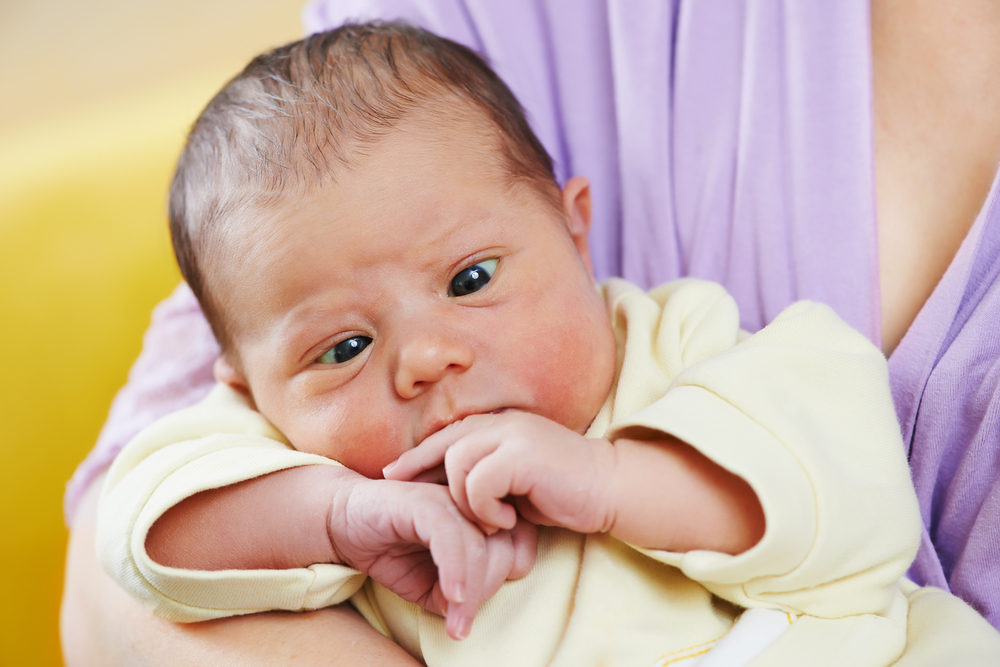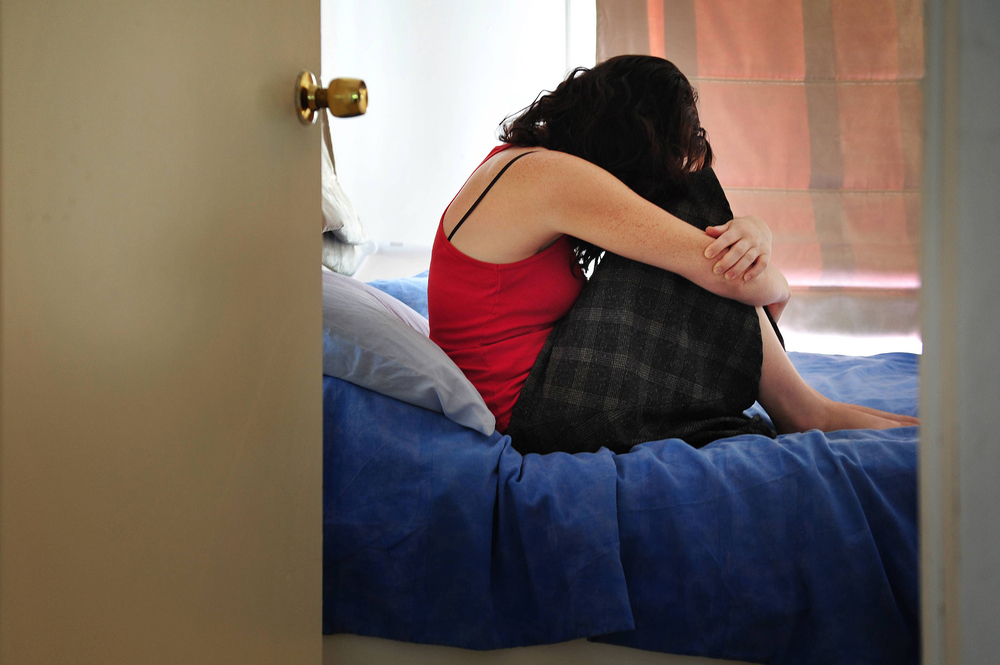Contents:
- Medical Video: Crossed Eyes and Strabismus Treatments
- How do normal eyes work?
- What happens to the condition of the squint?
- Know strabismic amblyopia (strabismic amblyopia), one of the causes of lazy eyes
Medical Video: Crossed Eyes and Strabismus Treatments
Squint or in medical language strabismus occurs when both eyes do not look at the same point at the same time. If you have strabismus, one eye will look straight at the object you are looking at, while the other eye is not parallel. Can go inward (esotropia), exit (exotropia), upward (hypertropia), or down (hypotropia). Indeed, it should be like what normal eye muscles work and what happens to the squint (strabismus)? Check out the answer below.
How do normal eyes work?
To control the movement of the eyeball, there are six eye muscles that are attached to the outside of the eye. In each eye, one muscle moves the eye to the right and one muscle moves the eye to the left.
The remaining four muscles function to move the eyes up and down. If the eye wants to focus on a target, all eye muscles must be able to work together in a balanced manner. To move the eyes together, the muscles in both eyes must be coordinated with each other. In controlling the movements of these muscles, the brain plays a role in giving orders.
In normal vision, the target of both eyes is the same, then the brain will combine the two images together.
What happens to the condition of the squint?
If one eye is not parallel to the other eye, then there will be two different images sent to the brain. In children, the brain will adapt by ignoring images from the eyes that are not aligned and only see images from a straight eye or those with better vision.
Meanwhile, adults who experience strabismus will experience double vision. This is because the adult brain can receive two pictures, not ignoring one of them.
Strabismus is very common in children with disorders that can affect the brain, such as:
- Cerebral palsy
- Down syndrome
- Hydrocephalus
- Brain tumor
- Premature birth
Cataracts or eye injuries that affect vision can also be a cause of squinting in babies. However, most children who have strabismus do not experience health problems as above. Many also have a family history of strabismus.
Know strabismic amblyopia (strabismic amblyopia), one of the causes of lazy eyes
Good vision develops during childhood when both eyes have normal alignment. Strabismus can cause reduced vision or amblyopia in eyes that are not parallel. The brain will notice the image of the straight eye and ignore the image of the crossing or uneven eyes.
If the same eye is consistently ignored during childhood, these incompatible eyes may fail to develop good vision, resulting in lazy eyes or amblyopia. In severe cases, the child can lose sight. Half the children who have squint eyes finally experience lazy eyes.
Lazy eye itself is a condition that occurs due to differences in the ability of both sides of the eye to see clearly. Because of this difference, the brain ignores signals or impulses from weaker eyes, or 'lazy' eyes. The brain will only use one side of the eye which is better able to capture images properly.
Amblyopia can be treated by placing it patch (eye patch) or blur the view on a healthy eye to improve vision in the affected eye.
If amblyopia is detected in the first few years of the child, treatment is usually successful. Whereas if the treatment is delayed, the lazy eye can become a permanent condition. So, the faster the amblyopia is handled, the better the result will be for vision.












